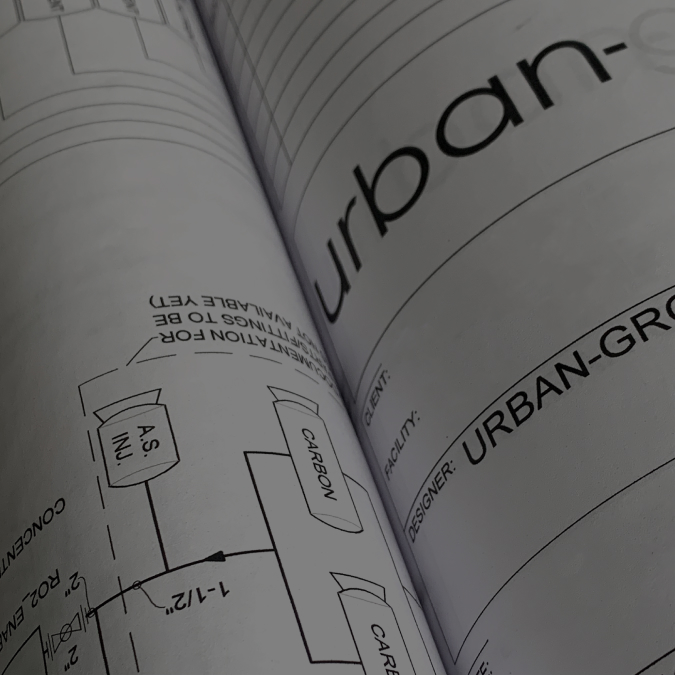At urban-gro’s display, I watched investors and growers ogle what the company touted as artificial intelligence for cannabis greenhouses. Urban-gro, the longtime provider of cultivation equipment and facility design packages, has integrated an impressive — and responsive — sensor system into its greenhouse designs.
The advancement of cultivation equipment is usually more incremental than quantum and takes place with small gains in efficiency and performance. However, sometimes those little changes lead to another paradigm altogether. Assuming the urban-gro system creates fewer problems than it solves, its intelligent web of sensors may be just such a paradigm shift.
Urban-gro’s system, the Soleil 360, incorporates hundreds of wireless detectors within the canopy to monitor — and reflexively control — environmental conditions as they occur within the microclimates of the growing space. The sensors can be located as densely as one per plant to report electrical conductivity levels, temperature, humidity, vapor pressure deficit and substrate moisture — all while monitoring the flow rate at key points of the irrigation system.
The Soleil 360 purportedly provides a better grow, lots of insight, and less foot traffic through the grow facility, with the new system of wireless sensors creating labor savings by reducing the need for crop monitoring.
“We can start firing ’em all,” a dreadlocked dude joked to a companion in a yarmulke, “Maybe me, even.”
But the urban-gro sales representative working the MJBizCon booth seemed most excited about the database, explaining that the sensors can log measurements as frequently as every 30 seconds and, by creating an avalanche of information, the Soleil 360 offers the opportunity for detailed comparison to previous crop cycles. Real-time data from the system allows cultivators to make better decisions in the moment and even helps estimate the risk of pathogen growth and plant stress.
With a full interface into existing environmental control systems, the Soleil 360 technology lays the groundwork for AI and machine learning. After analyzing hundreds of crops of particular strains, the software will likely do a better job than a master agronomist. That’s right — machine learning and big data, rather than human analysis, may drive the evolution of cannabis cultivation.
This is an excerpt from article written by Jack Bohannan you can read more here.




